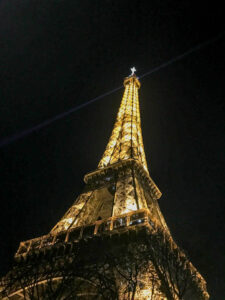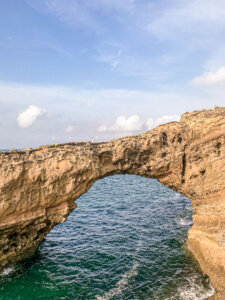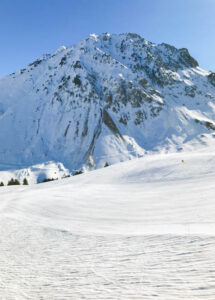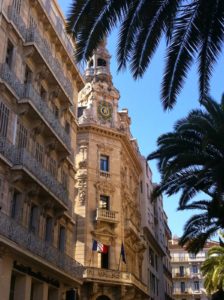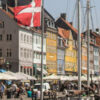France is probably the most iconic destination to visit in Europe thanks to the Tour Eiffel, the baguettes and the haute-couture brands. But it has a lot more to offer from bustling cities such as Lyon, Marseille or Paris to delicious food and an amazing cultural heritage.
Funnily enough, I lived in the country half of my life, in the cute seaside village of Hendaye. And yes, I speak French too because I went to school there! 🙂
Have you visited France already? How did you find it? Let me know in the comments below.



